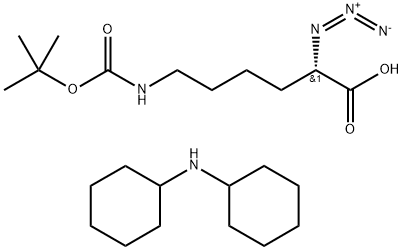Effects of α-Blockers, Antimuscarinics, or Combination Therapy in Relieving Ureteral Stent-Related Symptoms: A Meta-Analysis.
Liang Zhou, Xiang Cai, Hong Li, Kun-Jie Wang
文献索引:J. Endourol. , (2014)
全文:HTML全文
摘要
We evaluated the effects of α-blockers, antimuscarinics, or a combination of both in reducing ureteral stent-related symptoms.The relevant studies were identified by searching MEDLINE, EMBASE and Cochrane Library Database from January 2000 to May 2014. Randomized controlled trials evaluating effects of α-blocker, antimuscarinic, and combination therapy for stent-related symptoms were included. Two reviewers independently screened studies and extracted data.A total of 13 articles were identified including 1408 patients. There were statistically significant differences in urinary symptom (-6.37; P<0.0001) and body pain index score (-7.03; P=0.0008) of the Ureteral Stent Symptom Questionnaire (USSQ), total International Prostate Symptom Score (IPSS) (-4.16; P=0.0006), Visual Analogue Pain Scale (VAPS) score (-2.48; P<0.00001), and quality of life (QoL) (-1.42; P=0.0009) in favor of the α-blocker group. Antimuscarinics alone vs the control group showed significant improvement in total IPSS (mean difference [MD]: -3.76; 95% confidence interval [CI], -5.08 to -2.43; P<0.00001) and QoL (MD: -0.82; 95% CI, -1.31 to -0.32; P=0.001). Compared with α-blockers monotherapy, combination therapy has significant lower total IPSS (MD: -3.74; 95% CI, -4.94 to -2.54; P<0.00001), VAPS (MD: -0.50; 95% CI, -0.89 to -0.11; P=0.01), and QoL (MD: -0.93; 95% CI, -1.30 to -0.55; P<0.00001).Our data showed the beneficial effect of α-blockers alone and antimuscarinics alone in reducing stent-related symptoms. Furthermore, we suggested significant advantages of combination therapy of α-blocker and antimuscarinic compared with α-blocker monotherapy. However, more high quality, randomized controlled trials are warranted to better address this issue, however.
相关化合物
| 结构式 | 名称/CAS号 | 分子式 | 全部文献 |
|---|---|---|---|
 |
N3-LYS(BOC)-OH 二环己基铵盐
CAS:1217447-89-6 |
C23H43N5O4 |
|
Analysis of fentanyl in urine by DLLME-GC-MS.
2015-03-01 [J. Anal. Toxicol. , (2014)] |
|
Serum unsaturated free Fatty acids: potential biomarkers for...
2014-01-01 [J. Cancer 5(8) , 706-14, (2014)] |
|
Separation and purification of both tea seed polysaccharide ...
2015-02-01 [J. Sep. Sci. , doi:10.1002/jssc.201401123, (2014)] |
|
Role of three commonly used scoring systems in prediction of...
2014-11-01 [Eur. Rev. Med. Pharmacol. Sci. 18(22) , 3517-20, (2014)] |
|
Predictors of breastfeeding problems in the first postnatal ...
2014-01-01 [Indian J. Public Health 58(4) , 270-3, (2014)] |